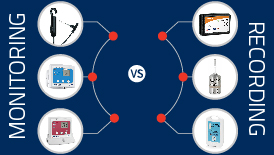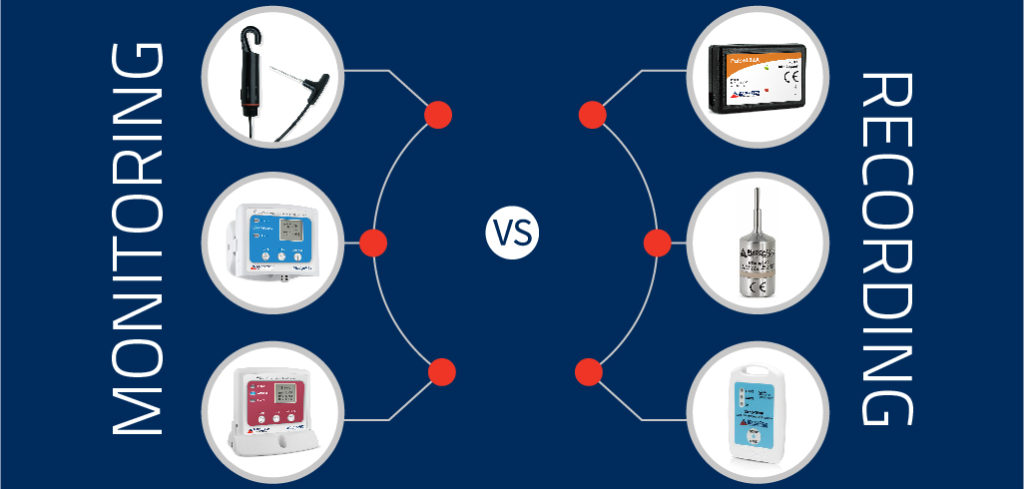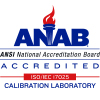 Posted on
Posted on

Before choosing a data logger or acquisition system, decide what the data needs to demonstrate, confirm, or prove. Do you need to know what is currently happening in your application or do you need to know what happened? Do you want to monitor or just record?
A data logging system is designed to collect data over time and store it. Within that system, you may have data loggers that are recorders and loggers with the option to record and to send those real-time values to the data logging software.
Monitoring
To monitor what is happening, select a MadgeTech data logger that uses wireless communication to transfer the data to the software. Real-time data loggers are routinely used to monitor how products react to temperature, humidity, or voltage changes. These loggers may also be equipped with a visual display representing current conditions and can send data wirelessly to the acquisition software during the application cycle. With access to current data, users can react to an event, alter, or stop a process.
Typically, real-time monitoring is used in applications like cooking or food processing with the RFOT, warehouse monitoring, refrigerator or freezer monitoring for vaccines and cold storage with the RF2000A wireless series or the Titan S8. The ability to monitor many loggers in one software system centralizes control and responsibility for the user.
Recording
To know what happened during the application, traditional data loggers record and time stamp environmental values to be later downloaded and analyzed by software. A stand-alone logger is a device that does not contain real-time communication protocols. The event is over, and no changes are reflected in the data if the process is amended. Users download data using software that provides reporting, analysis tools, conversion algorithms, and exporting options.
Applications like autoclave validation, oven mapping, shipping, and HVAC studies benefit from having data to back up their study while making a permanent and accessible record of significant events. The HiTemp140 and multi-channel loggers like the QuadTCTempV2 and OctTCTempV2 are commonly used in mapping studies. Having the data ensures products are compliant as the data proves consistency and provides a benchmark for continued process improvement.
Have more questions? Just ask! Give us at call at (603) 456-2011 or email us at [email protected].






